|
Hello and welcome back to the Hometown Heritage Blog!
The holiday season has official started, and tomorrow is Thanksgiving! Many people will be gathering with their families to eat copious amounts of food and take a much-deserved break. The staple of numerous feasts tomorrow will be a home cooked (and hopefully not burnt) turkey. Most people will buy their turkeys at the store, already cleaned, plucked, and frozen. However, can you imagine what it would be like to have to raise your own turkey just for the Thanksgiving feast? Back in the early 1900s, many families had to raise and then slaughter their own turkey if they wanted to have one for a Thanksgiving celebration. Imagine you woke up Thanksgiving morning, bright and early, to start preparing for the day. You head outside to your farm, and similar to Donald Johnson in the picture below, you find yourself surrounded by turkeys. It is probably very loud with all of the gobbling going on, making it hard to hear anything else. Alternatively, maybe you saw some just outside by your car, similar to the turkeys seen in the picture of Stroudtman Farm. Which turkey do you pick? After spending so many months raising them, you must know all about them, possible even named some. The choice would be quite difficult; do you pick the one with the most meat on it, or the one that you can catch the easiest? I imagine the turkeys would not be very happy about the idea of being cooked up and eaten, similar to those of the chickens in the movie Chicken Run (perhaps they have plans to escape!). After catching the right turkey, you then have to slaughter it, pluck out all the feathers, remove parts like the feet, and determine the best way to cook it. From the sounds of it, getting a turkey for Thanksgiving used to be an all day ordeal! Personally, I think I will stick to hunting down my turkey in the grocery aisle. As we cook our turkey this Thanksgiving, I am going to be thankful that I did not have to go out and hunt it down myself. Readers, what are you going to be thankful for this Thanksgiving? Leave a comment and let us know, and I hope you all have a happy Thanksgiving!
0 Comments
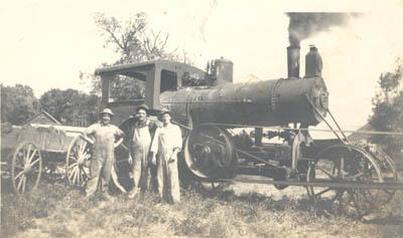 Hello and welcome back to the Hometown Heritage Blog readers! As many of you know, Perry used to be a big place for trains. We used to have the Interurban Railroad, a roundhouse, and more. The trains would transport people and goods back and forth along the tracks; but what would happen when a train came off the tracks? Would it still be useful? Many of you may be surprised to know that the answer is yes! Recently I found a very peculiar picture that was taken around 1945 on the farm of Carl Hansen. As you can see, there is a steam engine that looks very strange. Apparently, what has happened is that Carl has converted the engine into a hay thrasher. He did this by changing the wheels of the train so that it no longer needed tracks and could drive freely. He also most likely attached something to the back of the engine that would do the thrashing. What really gets me thinking, however, is how Carl got the engine to his farm in the first place! Did he modify it at the train station, or did he find a way to drag it all the way to his farm? Perhaps the answer lies in the strange belt that is attached to the engine that goes out of frame? We may never know. Before I go, I want to mention that last night we had a great Opening Reception for the Gary Ernest Smith Exhibition! Do not fret if you missed your chance to come and get a tour, as we will have more introductory tours on September 1, from 4:30 to 6:30 P.M. at the Hotel Pattee. Also in September there is a big event happening on the 22nd here in Perry. That night starting at 6:30 P.M., Dr. Pam Jenkins will be in town giving a lecture related to the art, and Gary Ernest Smith himself will be here to give an art walk! Mark it on your calendars now! Hello and welcome back to the blog readers!
Many of you readers have probably seen the new giant white towers that have gone up outside Perry recently. These Wind Generators were built to generate electricity using wind, but they are not a new concept; people have been building and using windmills to harness the wind for centuries. Modern windmills are erected using cranes and other machines, but have you ever wondered how windmills were raised in the past? Fortunately, here at Hometown Heritage we have a couple of pictures that show the raising of a windmill, so your curiosity can be fulfilled! Below, you can see the raising a windmill on the Read farm around 1920. Raising this kind of windmill took many workers. Similar to raising a barn, the windmill seems to have been constructed on its side, and then pulled up into position with the workers pulling on the ropes. Curiously, in the picture there appears to be ropes on either side of the windmill, not just on the side being raised. Perhaps the other ropes were used to keep it steady while going up, or maybe would be used as anchors once the windmill was up? Another curiosity is the wooden structure on the left side of each picture. It appears to be some kind of big “X”, with the ropes running through the top. What is curious about this is not its purpose, as it most likely was used to create the leverage needed to raise the windmill. What makes it curious is why this method is employed instead of a pulley system, or something similar. Do any of you readers know why this big wooden x was used? If so, please let us know in the comments! Readers, do not forget that the Gary Ernest Smith Art Exhibition is starting soon! The opening reception here in Perry is on August 23, from 4:30 to 6:30 P.M. You can find the link to the event on Facebook by clicking here. Feel free to invite people you know to come see the paintings of Gary Ernest Smith! 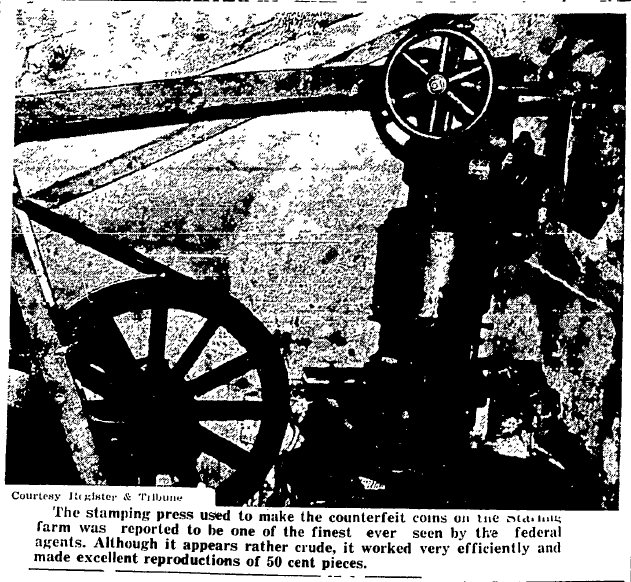 Hello Readers! Today I have another exciting story about an infamous member of the Perry community. In fact, this story is about three men who were arrested for nothing less than making counterfeit coins! An issue of The Perry Press came out on Friday, May 20, 1938 with the headline “Counterfeiting Plant Found On Perry Farm.” According to the article, federal authorities were holding three men on charges of counterfeiting: V. R. Starling, his son Forest W. Starling, and Cartha M. Candall. They were arrested in a raid containing the combined forces of federal, state, county, and city officers on the Starling farm. Counterfeiting equipment was found in various places around the farm. The press was found in the basement, along with about $200 worth of fifty cent coins. A roller, furnace, and casting forms were found in the machine shed. Dies, crucibles, and punches were buried in a barrel under the dirt floor of the garage. According to Starling, he had been making fifty cent coins since 1934. He claimed he and his son distributed the coins, but authorities suspected that others may be implicated in their distribution. The counterfeits were almost true reproductions of legal pieces, containing a good proportion of silver making them practically impossible to recognize them as fakes. Skilled Chicago Federal Reserve bank employees, who noticed an almost invisible flaking and pitting, first detected the fakes. They confirmed their suspicions after a microscope test. After detection of the counterfeits, federal authorities started a search. A tip from an Iowa jeweler, who told authorities that Starling was buying all the scrap silver he could get, lead authorities to the farm. The plant that they found on the farm was reported to be the most complete plant both from a manufacturing and distributing point that had ever been found in Iowa. It was equipped to turn out a large amount of coins, as evidenced by the large amount of dies that were found. The coins were dated for several years, but the majority were either 1899 or 1912. The Starlings had distributed most of the coins through five and ten cent stores or tobacco shops throughout Iowa and surrounding states. It is amazing to think that such a small group of people were able to make near perfect copies of fifty cent coins! V. R. Starling plead guilty to his charges, while his son plead not guilty and Cartha Candall was released after it was found he was not directly implicated in the case. Reading about this makes you wonder: do any of these coins still exist? I suggest checking your 1899 and 1912 fifty cent pieces (if you have any) to make sure they are real! |
Archives
March 2020
Categories
All
|
All Rights Reserved, Fullhart Carnegie Charitable Trust, 2014-2023
This website is possible with the support of the
Dallas County Foundation
This website is possible with the support of the
Dallas County Foundation

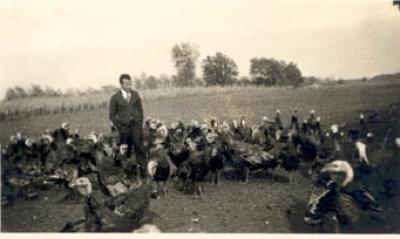
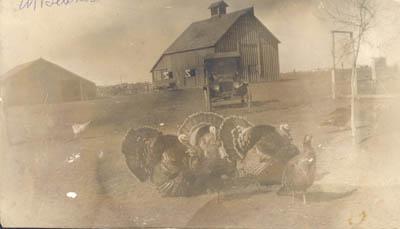
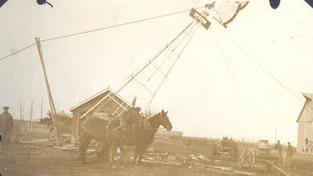
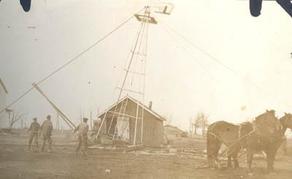
 RSS Feed
RSS Feed